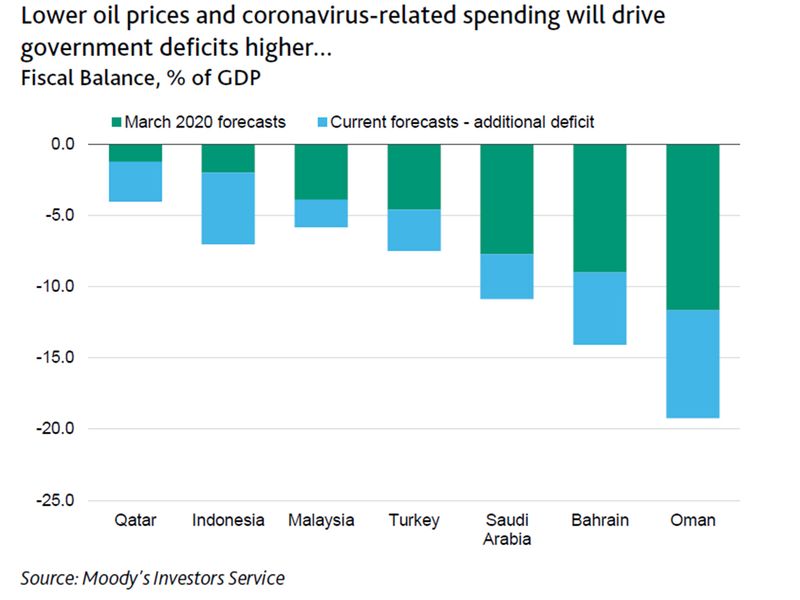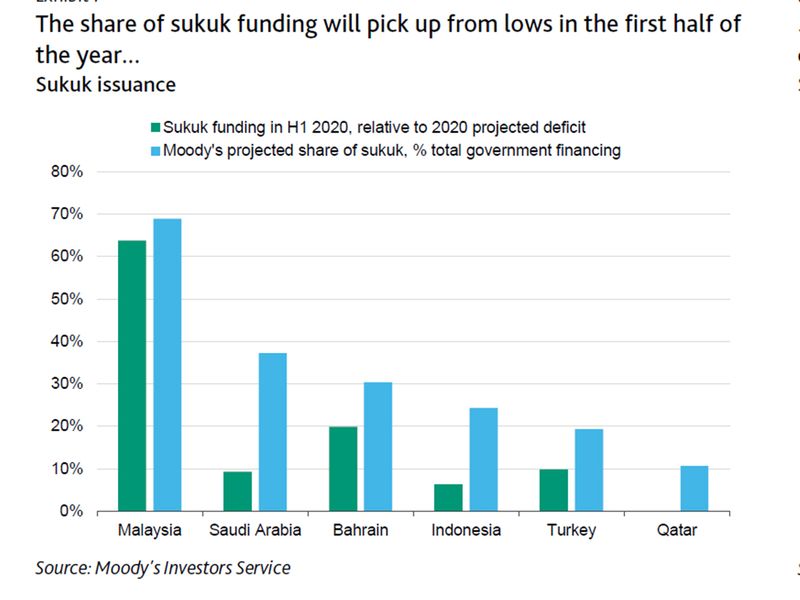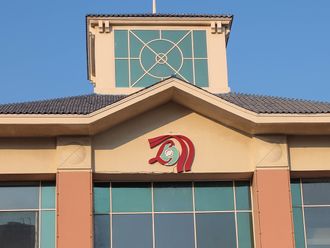
Dubai: A recovery in market conditions and an increase in the borrowing requirements of the world’s largest sukuk sovereign issuers including the GCC governments will fuel a rise in nominal sukuk issuance this year, rating agency Moody’s said in a recent report
The recovery will support a full-year increase in sovereign sukuk issuance of around 40 per cent to $92 billion in 2020. However, despite an increase in nominal issuance, Moody’s still expects the proportion of sukuk in the funding mix of major issuers will decline this year.
See more
- Photos: Domestic tourists flock to Saudi Arabia's Rijal Almaa
- Photos: Gazans get first taste of coffee-to-your-door
- Meet the billionaires who dropped out of college (or Ph.D.)
- Photos: Passion for purple revives ancient dye in Tunisia
- Here is a look at the recent Forbes list of top Women Behind Middle Eastern Brand 2020
“While year-on-year sovereign sukuk issuance volumes remained flat in the first half of 2020 despite a significant increase in government financing requirements due to low oil prices and coronavirus related spending, we expect that issuance will bounce back over the rest of 2020 as market conditions normalise,” said Thaddeus Best, an analyst at Moody’s.

Complexity
In year-on-year terms, sovereign sukuk issuance was stable in the first half of 2020, in contrast to a broader increase in emerging market issuance. According to Moody’s, the complex operational requirements for sukuk compared to conventional debt instruments, pressures on bank liquidity and an increase in borrowing costs kept sukuk issuance volumes flat despite rising borrowing requirements.
Sukuk issuance is complex. Issuers are required to set up special purpose vehicles to meet borrowing conditions and in some cases may need to provide physical assets to secure the borrowing. These operational requirements can delay issuance. In contrast, drawdowns from conventional medium term note (MTN) programmes can usually be executed more swiftly, which is crucial when dealing with unanticipated sudden increases in government financing requirements like those triggered by the recent crisis.
Lack of market depth and costs
The credit rating agency said, sovereign debt management offices have shown a preference for conventional issuance throughout this crisis. In many cases, domestic sukuk markets have not reached sufficient depth to meet the sudden increase in financing needs like in this most recent crisis. Additionally, while the spread has narrowed, sukuk issuances continue to attract a slight premium over their conventional counterparts, which may disincentivize issuers who are already grappling with higher borrowing costs.

Alternatives
For sovereigns with liquid government assets like Saudi Arabia, the spike in borrowing costs between March and April also increased the attractiveness of drawing down liquid assets compared to debt issuance. However, lower oil price and rising funding requirements are expected boost issuance in the second half of this year.
“Oil and gas exporters like Saudi Arabia and Qatar have seen their borrowing requirements increase the most since March, but Indonesia , Malaysia and Turkey will also see sizeable increases this year,” said Best.
Read more
- Emirates NBD Capital closes Islamic Development Bank's $1.5b sustainability sukuk
- COVID-19 to hold back global sukuk issuances in 2020
- COVID-19 to impact GCC sukuk issuance in 2020
- Dubai Islamic Bank successfully closes $1 billion sukuk
- Sharjah raises Dh2 billion to help COVID-19 affected businesses, individuals
Beyond 2020, Moody’s expect the sukuk market’s growth prospects to remain strong. The slow recovery in oil prices is likely to keep funding requirements of GCC sovereigns elevated over the next three years, which the rating agency expects to continue to be met through a mix of conventional and sukuk instruments.








